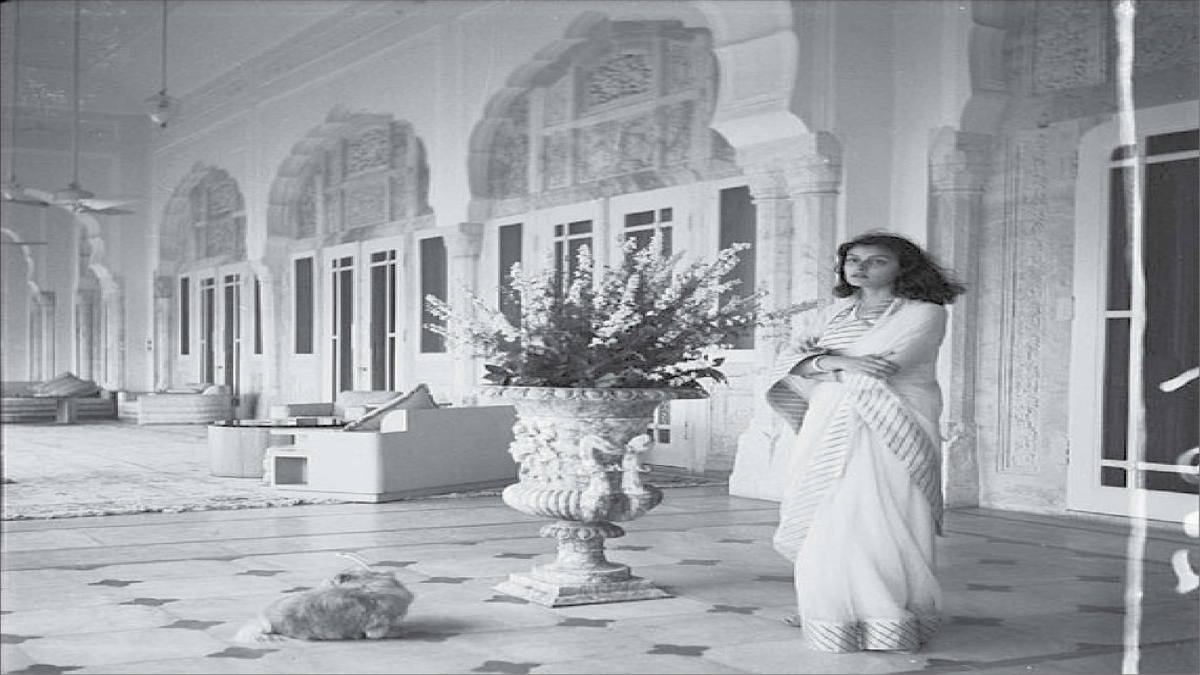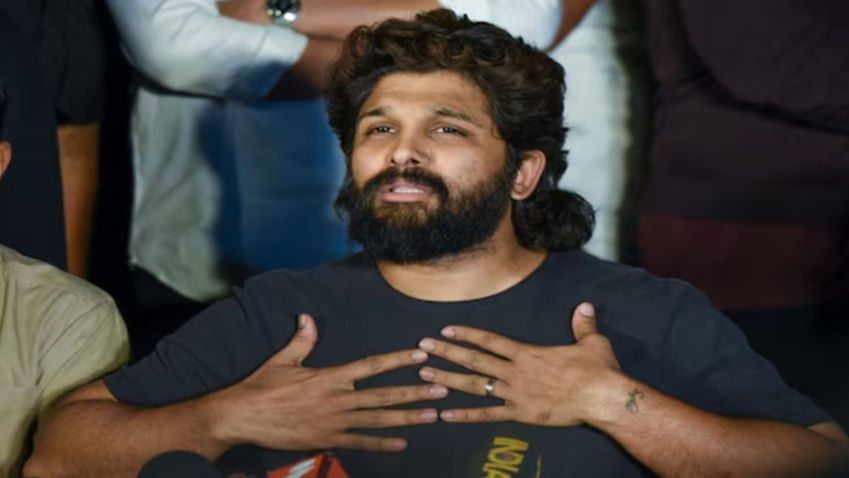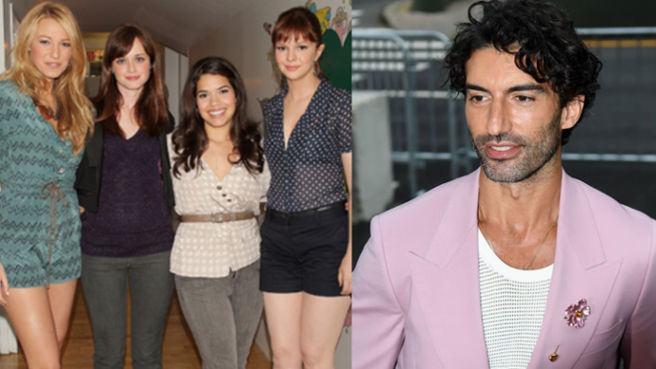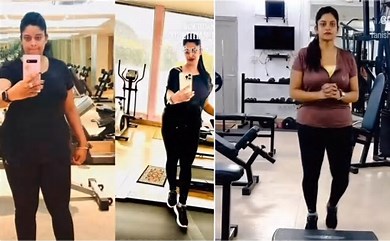Posing for portraiture is an integral part of royal life. Globally those born of blue blood are known to pose before celebrated portrait artists and photographers. Indeed portraits in various hues of sepia remain the most prized possessions of inheritors of royal legacy. Period books, walls of museums, lived in palaces are full of memorable ‘Kodak’ moments.
 Princess Dürrüsehvar Sultan of Berar.
Princess Dürrüsehvar Sultan of Berar. The Prime Minister of Manipur in 1944.
The Prime Minister of Manipur in 1944. Gayatri Devi.
Gayatri Devi.

Princess Karam of Kapurthala.

Ram Gopal.
The imagery of a young Lilibet with her Prince at her coronation, at a holiday in Sandringham House or on an imperial visit overseas are part of the globe’s collective memory. Interestingly, many of those photographs were captured by Cecil Beaton, a British fashion, portrait and war photographer, painter, and interior designer, as well as an Oscar-winning stage designer for films and the theatre.
Beatonwas born into the family of wealthy timber merchants. While growing up he was gifted a Kodak 3A Camera by his nanny who began teaching him the basics of photography and developing film.
Beatonwas would often get his sisters and mother to sit for him. When he was sufficiently proficient, he would send the photos off to London society magazines, often writing under a pen name and “recommending” the work of Beaton.
Interestingly, some of the most treasured of portraits of the Indian Maharanis and Maharajas too form part of his photographic repertoire. The most famed of them being that of Maharani Gayatri Devi of Jaipur who can safely be called one of his favourite muses. The princess of Cooch Behar was the third wife of Maharaja Sawai Man Singh of Jaipur. Like her mother Indira Raje, who was the princess of Baroda, Gayatri Devi immortalised the imagery of the chiffon clad, pearl adorned Indian Maharani while capturing her in many frames was Beaton.
The other of the photographer’s favourite muse was Princess Karam or Sita Devi of Kapurthala, daughter of Raja Uday Raj Singh of Kashipur. She married Karamjit Singh, the younger son of Maharaja Jagatjit Singh of Kapurthala. Sita Devi was one of the most iconic of Indian Queens who was written in society columns constantly. She was a muse for several photographers from Cecil Beaton to Man Ray. Her preferred couturier was Mainbocher who designed the wedding dress for Wallis Simpson’s nuptials with the Duke of Windsor. Sita Devi wore chiffon saris and fur coats designed by Mainbocher.
When she was 19 years old, Vogue Magazine anointed her the latest “secular goddess”. Three years later, Look named her one of the five best-dressed women on Earth. The couturier Elsa Schiaparelli was so dazzled by Sita Devi that the gowns of the designer’s 1935 collection were constructed like Indian saris. In early 1939, at Lady Mendl’s tea in honour of the Hollywood dietitian Dr Gayelord Hauser, Sita Devi was listed among the twelve most glamorous women in the world. She was the grandmother of contemporary jewellery designer Kanwar Shri Hanut Singh
Dürrüsehvar Sultan, married to Nizam Azam Jah of Hyderabad, was possibly one of Beaton’s most intriguing of frames. Born at the Camlica Palace in an era when the Caliphate was passing through its last phase, she married Azam Jah at a fairy tale wedding in Nice and lived an equally illustrious life thereafter.
While these three gutsy Indian queens immortalise Beaton’s work in India, he also allowed his camera to capture Indian performing artists like Ram Gopal, politicians, and its people.







